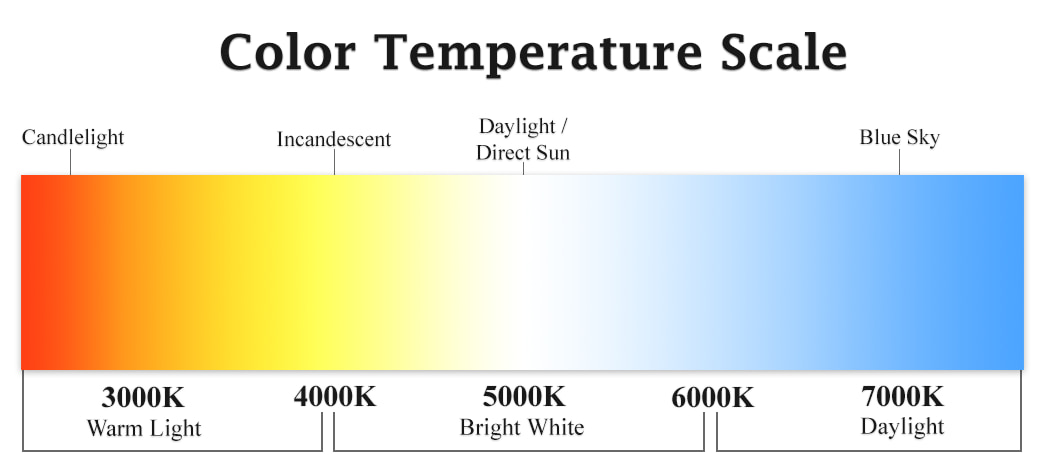
1. Introduction
Under the wave of the digital age, LED display has become an indispensable part of our lives, from the billboard in the mall to the smart TV in the home, and then to the grand sports stadium, its figure is everywhere. However, while enjoying these brilliant images, have you ever wondered what technology makes the colors so vivid and the images so realistic? Today, we will reveal the two key technologies in the LED display: color discrepancy and color temperature.
2. What is color deviation?
Chromatic aberration in LED displays is a crucial aspect that impacts the visual experience. Essentially, chromatic aberration refers to the discrepancy between different colors displayed on the screen. Just as you would expect every color in a meticulously painted artwork to be accurately represented, the same expectation applies to LED displays. Any deviation in color can significantly affect the overall image quality.
Several factors contribute to color deviation in LEDs, including the degradation of the phosphor material used in LED chips, variations in manufacturing processes, and environmental influences such as temperature and humidity. Over time, these factors can lead to shifts in color temperature and color rendering, causing the displayed colors to drift from their intended hues.
To address these challenges, RTLED employs advanced point-by-point correction technology. This technique involves finely adjusting each individual pixel on the screen to ensure color accuracy and uniformity. Imagine this as a customized color correction scheme for each LED lamp bead, meticulously calibrated to work in harmony. The result is a cohesive and vibrant visual display, where each pixel contributes to a unified and accurate portrayal of the intended image.
By leveraging such sophisticated technology, RTLED ensures that every LED display delivers a true-to-life visual feast, maintaining color fidelity and enhancing the viewer’s experience.
2.1 Measurement and quantification of color discrepancy
The color difference is quantified using metrics such as Delta E (ΔE), which calculates the perceived difference between two colors. Chrominance coordinates provide a numerical representation of the color space and facilitate accurate calibration. Regular calibration with professional equipment ensures accurate color reproduction over time and maintains display quality.
2.2 Solve your LED screen color discrepancy problem
To reduce chromatic aberration, RTLED uses advanced calibration algorithms and uses high-quality components. The software solution allows real-time adjustments to correct deviations and maintain consistent color accuracy. Effective color management ensures that LED displays meet industry standards and customer expectations, enhancing visual performance in a variety of applications.
3. What is color temperature?
Color temperature is a critical parameter in LED displays, describing the hue of the light emitted. This concept, measured in Kelvin (K), allows us to adjust the screen’s overall tone and atmosphere. For instance, a higher color temperature imparts a cool blue tone, while a lower color temperature offers a warm yellow glow. Just as sunlight shifts from a warm yellow in winter to a fiery red in summer, color temperature changes can evoke different emotions and atmospheres.
Choosing the right color temperature is akin to selecting the perfect background music for a visual experience. In museums, lower color temperatures enhance the historical charm of artworks, while in offices, higher color temperatures boost productivity. Advanced LED display technology enables precise color temperature adjustments, ensuring colors are not only accurate but also resonate emotionally with the audience.
Several factors affect color temperature in LED displays, including the type of phosphor used, the LED chip design, and the manufacturing process. Typically, LEDs are available in color temperatures like 2700K, 3000K, 4000K, and 5000K. For example, 3000K provides a warm yellow light, creating a sense of warmth and comfort, while 6000K offers a cool white light, generating a fresh and bright atmosphere.
By leveraging sophisticated color temperature adjustment technology, RTLED’s LED displays can adapt to various scenarios, ensuring that each visual presentation is a true feast for the eyes. Whether it’s enhancing the historical ambiance in a museum or increasing efficiency in an office, RTLED’s ability to finely tune color temperature guarantees the optimal viewing experience.
3.1 How does color temperature affect our visual experience?
The choice and adjustment of color temperature is directly related to the viewer’s comfort and the reality of the picture. When watching a movie in the theater, you may have noticed that different scenes are accompanied by different colors, which create different atmospheres and emotions. That’s the magic of color temperature. By precisely adjusting the color temperature, the led display can bring us a more immersive viewing experience.
3.2 Adjusting Color Temperature in LED Displays
LED display allow users to adjust color temperature through RGB control or white balance settings. Matching color temperature to ambient lighting conditions or specific content requirements optimizes viewing comfort and accuracy. Accurate calibration ensures consistent color performance and is essential to maintaining fidelity in color-critical environments such as photography studios or broadcast facilities.
Adjusting the color temperature of the LED display is usually achieved through the color temperature option in the display menu or control panel, the user can select the preset color temperature mode (such as warm color, natural color, cool color), or manually adjust the red, green, and blue channels to achieve the desired tone effect.

4. Conclusion
How’s that? This blog introduces the concept of color temperature and color difference in LED display, and how to adjust it. If you would like to learn more about LED displays, now contact RTLED team of experts.
Post time: Jul-08-2024

